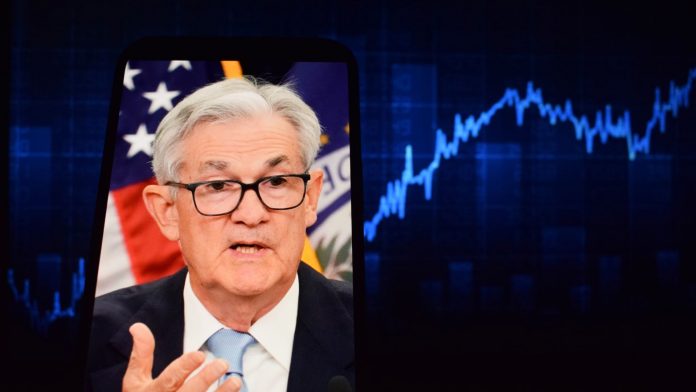On Tuesday, the Labor Department reported that U.S. inflation remained stable in July, with consumer prices rising by 2.7% compared to the previous year. Meanwhile, core prices, excluding the often-fluctuating food and energy costs, rose to their highest point in five months at 31%.
The figures indicate that falling gas and grocery prices are counteracting some tariff-driven price increases on imported goods, but overall inflation still exceeds the Federal Reserve’s 2% target. Tariffs imposed by President Trump, including a 10% universal tariff introduced in April and higher duties on countries like China and Canada, have increased the costs of many products.
Gas prices decreased by 2.2% from June to July and fell 9.5% compared to last year, while grocery prices declined slightly last month but are still 2.2% higher than a year ago. Restaurant meal prices continued to rise, increasing 0.3% in July and 3.9% annually.
Some categories directly affected by tariffs showed notable price gains. For instance, shoe prices jumped 1.4% in July, furniture costs rose 0.9%, and clothing prices ticked up slightly after a larger increase in June.
The ongoing tariff-related inflation complicates Federal Reserve policy as inflation pressures persist even as job growth has slowed sharply since spring. This fuels speculation regarding the potential interest rate cuts. However, Fed Chair Jerome Powell has warned that rising inflation might delay rate cuts, which conflicts with President Trump’s calls for lower borrowing costs.
Further, the Labor Department’s Bureau of Labor Statistics (BLS), which releases the inflation data, is facing internal challenges after Trump replaced its previous head following reports of weaker-than-expected hiring. According to a post on President Trump’s Truth Social platform, the new BLS chief, economist E.J. Antoni, is now expected to ensure “honest and accurate” data. Meanwhile, a government hiring freeze has led to reduced data collection for inflation reports, which increases volatility in the figures.
Economists expect the impact of tariffs to become more noticeable to consumers in the upcoming months as businesses finalize their pricing strategies and start passing higher costs onto them. While Trump claims that foreign manufacturers will reduce their prices to absorb tariffs, Goldman Sachs’ analysis shows that only a small portion of the burden is absorbed abroad. Instead, most of the impact affects U.S. companies and consumers.



 ASBN, from startup to success, we are your go-to resource for small business news, expert advice, information, and event coverage.
ASBN, from startup to success, we are your go-to resource for small business news, expert advice, information, and event coverage.